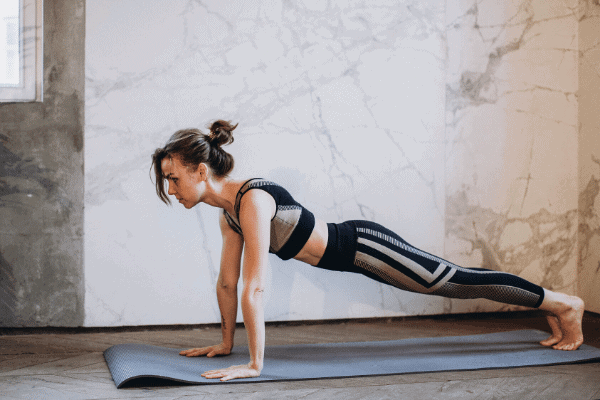By Matt Lang
As the world continues self-isolation to stop the spread of COVID-19, home is our new headquarters for work, socializing, relaxation or otherwise. However, there’s an emerging area of concern–how can businesses help consumers stay healthy when everyone’s stuck at home?
With gyms shutting down, they are turning to video classes and on-demand workouts as go-to resources to help some stave off the “quarantine 15” and keep a semblance of their fitness routines intact.
Several fitness service providers have responded by relying on digital platforms to increase content available (or, in the case of Nike, unlocking it) via mobile experiences and social media channels. Meanwhile consumers are investing in home gym set-ups, with companies including Pelton, Echelon and MIRROR struggling to keep up with sales demand for connected fitness hardware and “smart bikes”.
Despite consumers embracing new fitness routines and getting comfortable with digitally-driven workouts, there’s one medium that’s under-utilized: voice-enabled devices.
While pre-COVID voice assistants were reserved for utility features like weather and streaming audio, consumers are turning to voice assistants now more than ever during this outbreak.
Here’s some insight into how consumers at home and fitness businesses can up the workout ante when it comes to finding new ways to staying healthy in quarantine.
Hands-free experience, sweat free devices
One of the key capabilities and differentiators for voice interfaces is that they’re hands-free. You can interact with them and navigate content using only your voice.
Consider this hands-free benefit through the lens of fitness. If you visualize the current video workout typically involving adjusting volume, pausing, rewinding, and so on, all while hopefully sweating, bringing voice-enabled devices into this equation eliminates having to stop your workout or put your sweaty hands all over your device. Voice eliminates the annoying pain points when it comes to virtual workouts for a more productive, seamless exercise experience.
Intimate coaching for intimate spaces
Aside from select professional athletes, the majority of people quarantined in their homes probably don’t have access to fully outfitted gym-quality facilities. In fact, many are focusing on their fitness in less than ideal spaces such as small apartments or shared housing. Not exactly places that’s comfortable for broadcasting a loud workout video.
Although you might not have the space desired for a workout, most of us have smart earbuds that can be used to create a more personal workout environment. Using earbuds and “hearables” as an access point for self-directed workout content will allow anyone to workout privately in a tiny room or apartment.
Emotional connection through voice
One primary element to any at-home workout is an instructor guiding the viewer. An area where voice technology can add value to audiences working out is by providing custom voices or the voice of known instructors to host workouts. For on-site classes, consumers often shape schedules around when their favorite instructors will be teaching. With voice technology, savvy content providers can create synthetic voices that allow users to choose between a variety of more human-sounding and realistic assistant voices to coach their workouts. These synthesized voices can even be based on speech data from real trainers.
If fitness companies want to expand the reach of the most popular trainers in the short-term and ensure the voices sound realistic as possible, they can record a variety of workout class audio instruction as voice-over content. From there, a library of pre-recorded trainer audio workouts can be made open to users, letting consumers choose specific trainers to accompany their exercise.
While everyone continues to combat COVID-19, and consumers are trying to find new ways to stay healthy, fitness companies would be wise to use this time to explore new ways of helping that can last into the future. However long this crisis goes on, many predict it may have far-reaching implications for consumer behavior at home, and home fitness may be an area ready for upgrades. Voice presents a unique opportunity to learn what a new technology can provide for the long-term while creating a helpful solution during the current pandemic.
Matt Lang is Strategy Director at RAIN—an agency specializing in voice and conversational AI—has written a byline explaining how voice assistants can provide consumers and fitness businesses with a clean, seamless, and personal workout experience.







1 thought on “Meet Your New Quarantine Gym Buddy – Your Voice Assistant”